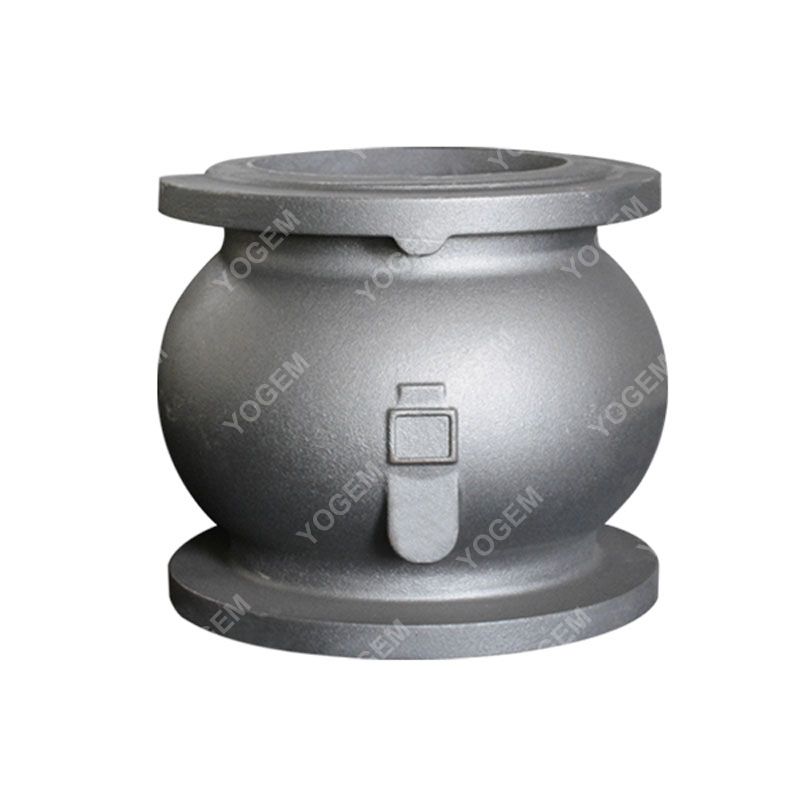In the realm of casting methods, the choice between various materials can significantly impact the outcome of your project. One material that stands out in the casting world is Grey Iron. This article aims to delve into the benefits and limitations of Grey Iron Casting compared to other casting methods, providing a comprehensive guide for decision-makers.
Grey Iron, known for its graphite flakes, offers unique properties that make it a preferred choice in numerous applications. Comprising primarily of iron and carbon, its graphite structure provides excellent thermal conductivity and damping capacity, making it ideal for applications where vibration control is crucial.
One of the key advantages of Grey Iron Casting is its versatility in design. The material can be cast into intricate shapes and thin sections, allowing for complex designs that may be challenging with other casting methods. This flexibility opens up possibilities for innovative engineering solutions.

Grey Iron Casting is renowned for its cost-effectiveness. The raw materials are abundant and affordable, and the casting process itself is efficient, reducing overall production costs. This makes it an attractive option for projects with budget constraints without compromising on quality.
Machining Grey Iron is a breeze due to its graphite structure. This property enhances tool life and reduces machining costs. Manufacturers can achieve precise tolerances and smooth finishes with ease, adding to the material's appeal in various industries.
In applications where minimizing vibrations is critical, Grey Iron shines. Its inherent damping capacity makes it an excellent choice for components subjected to dynamic loads, ensuring stability and longevity in machinery and structures.
While Grey Iron excels in compression and damping, its tensile strength may be a limitation in certain applications. Projects requiring high tensile strength may necessitate exploring alternative casting methods.
Grey Iron's graphite structure can lead to brittleness, especially under rapid cooling conditions. This brittleness may impact the material's suitability for certain high-stress applications, necessitating careful consideration during the design phase.
Ductile Iron offers higher tensile strength and elongation, making it preferable in applications demanding increased durability. However, Grey Iron maintains an edge in terms of cost-efficiency and machinability.
Aluminum Casting excels in lightweight applications and corrosion resistance, but Grey Iron triumphs in scenarios requiring superior damping capacity and cost-effectiveness.
In conclusion, the choice between Grey Iron Casting and other methods hinges on the specific needs of your project. Understanding the benefits and limitations allows for informed decision-making, ensuring optimal results. Grey Iron versatility, cost-effectiveness, and exceptional damping capacity position it as a formidable choice in the casting landscape.
Previous: How often should a suction filter screen be replaced?
Next: How does a diesel engine work compared to a gasoline engine?
Copyright:@2020-2021
Comments Please sign in or sign up to post.
0
0 of 500 characters used